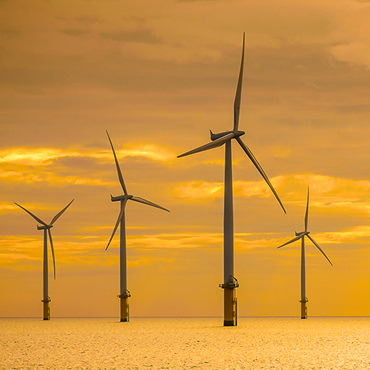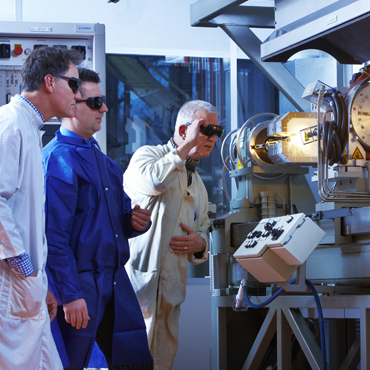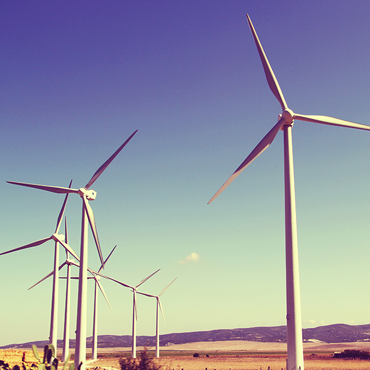Prysmian's goal is to exceed its customers' expectations and to uphold its commitments to its stakeholders — individuals, partners, suppliers and shareholders — while also reinforcing its position as a solid market leader.
The management systems in place at all production plants are ISO 9001-certified, bearing witness to the Group's commitment to the performance of its quality management system and constant improvement of its processes. External certification audits are performed each year on the main company processes, including performance analysis, risk management, procurement, planning, design, sales.
In addition, all health, safety and environment policies and initiatives are compliant with the ISO 45001, ISO 14001 and ISO 50001 international standards.
At the end of 2022, the percentage of Prysmian's plants certified ISO 14001 rose to 97%, and six new facilities were awarded ISO 45001 certification, bringing the global percentage to over 73%. Various types of organisational units within the Group were certified, including research centres, installation activities and assembly and distribution centres. The HSE function monitors and periodically updates the ISO 14001 certification programme to ensure compliance with certification objectives and to plan the integration of any new acquisitions in a timely manner.
The Group's rules and methods on Quality, Health, Safety and the Environment are designed to ensure that all of its activities meet its customers' requirements, technical standards, applicable laws and regulations and internal company policies. Prysmian is committed to promoting a business model that integrates economic, social and environmental responsibility into all its aspects and activities.







